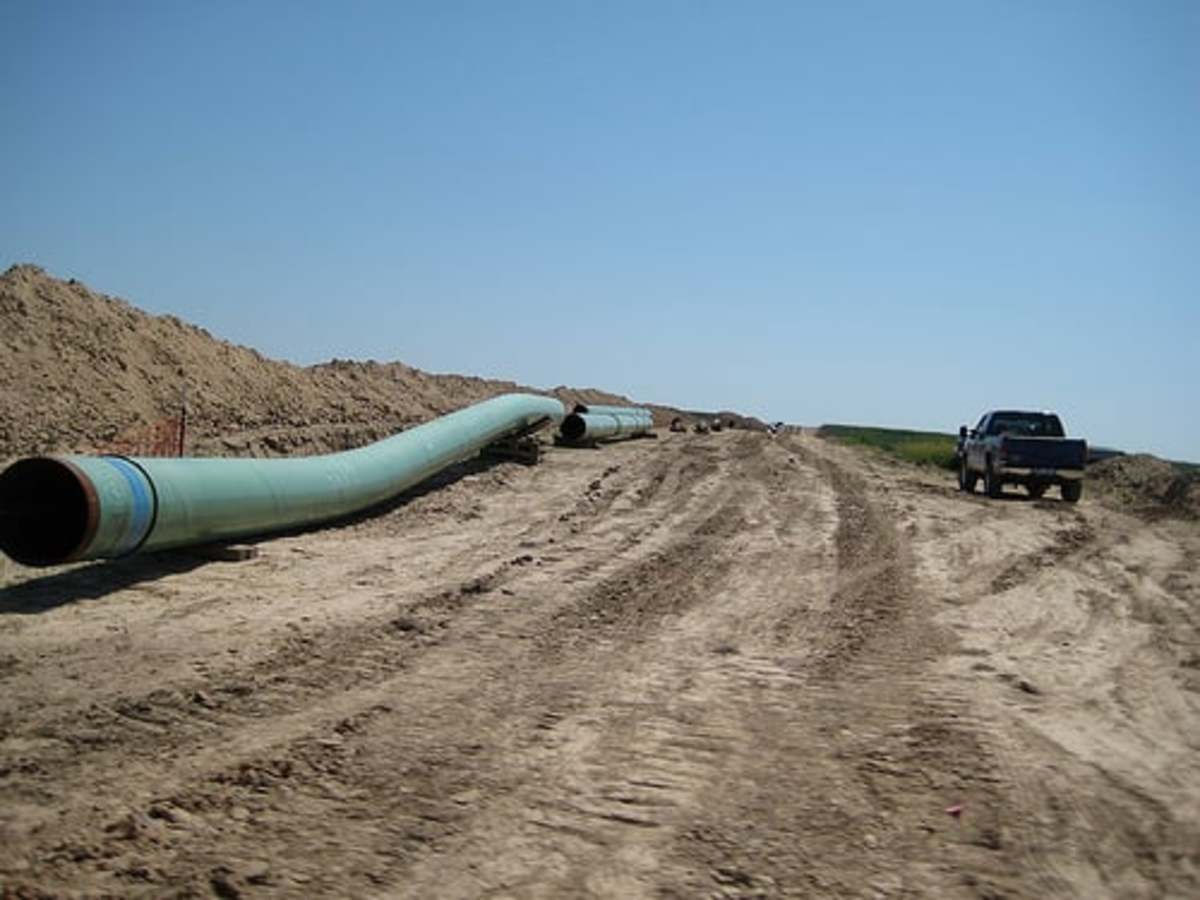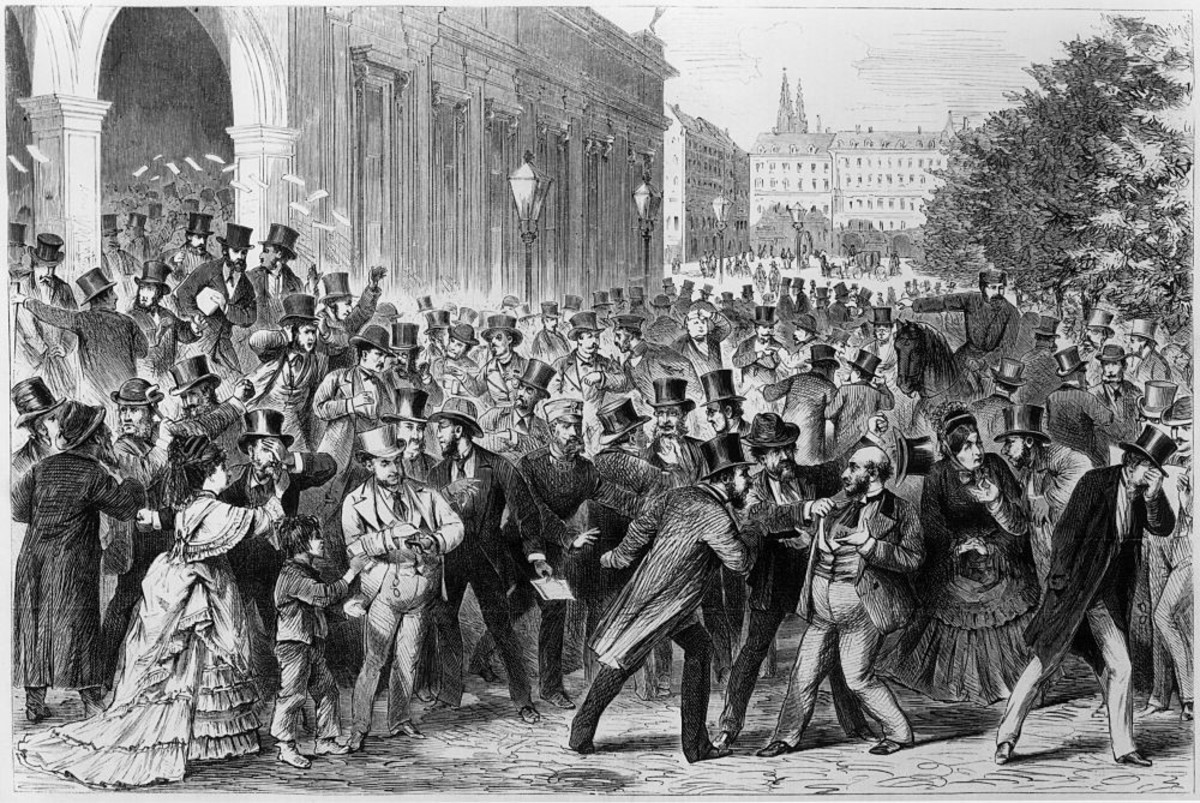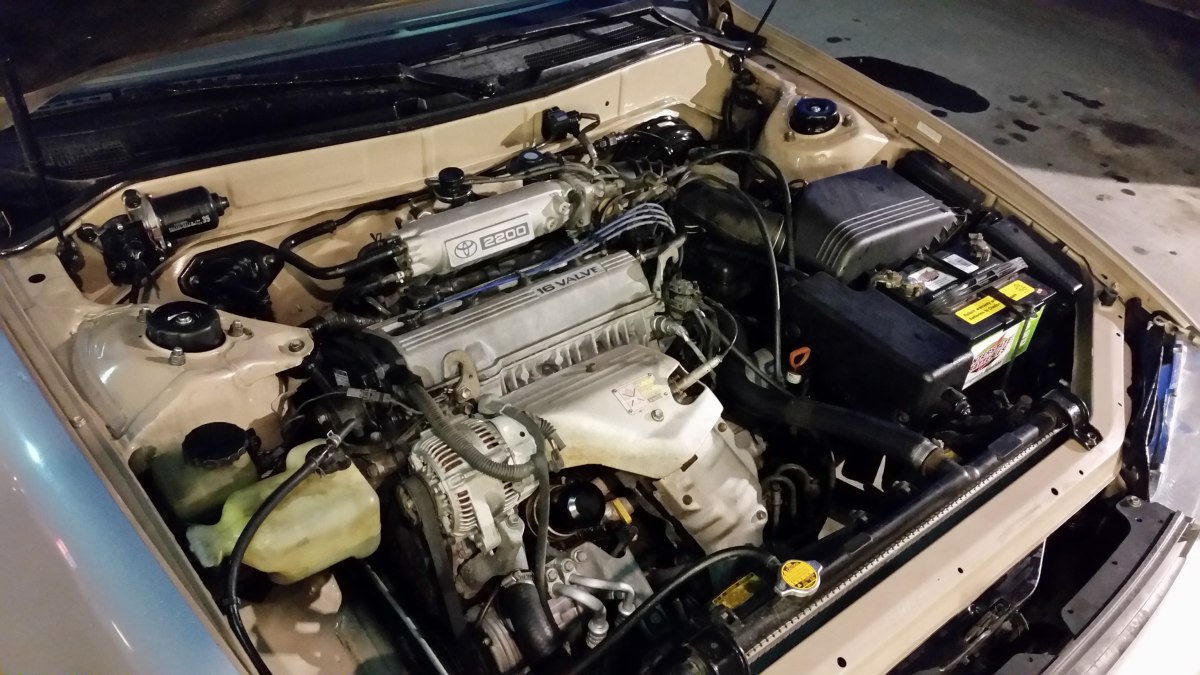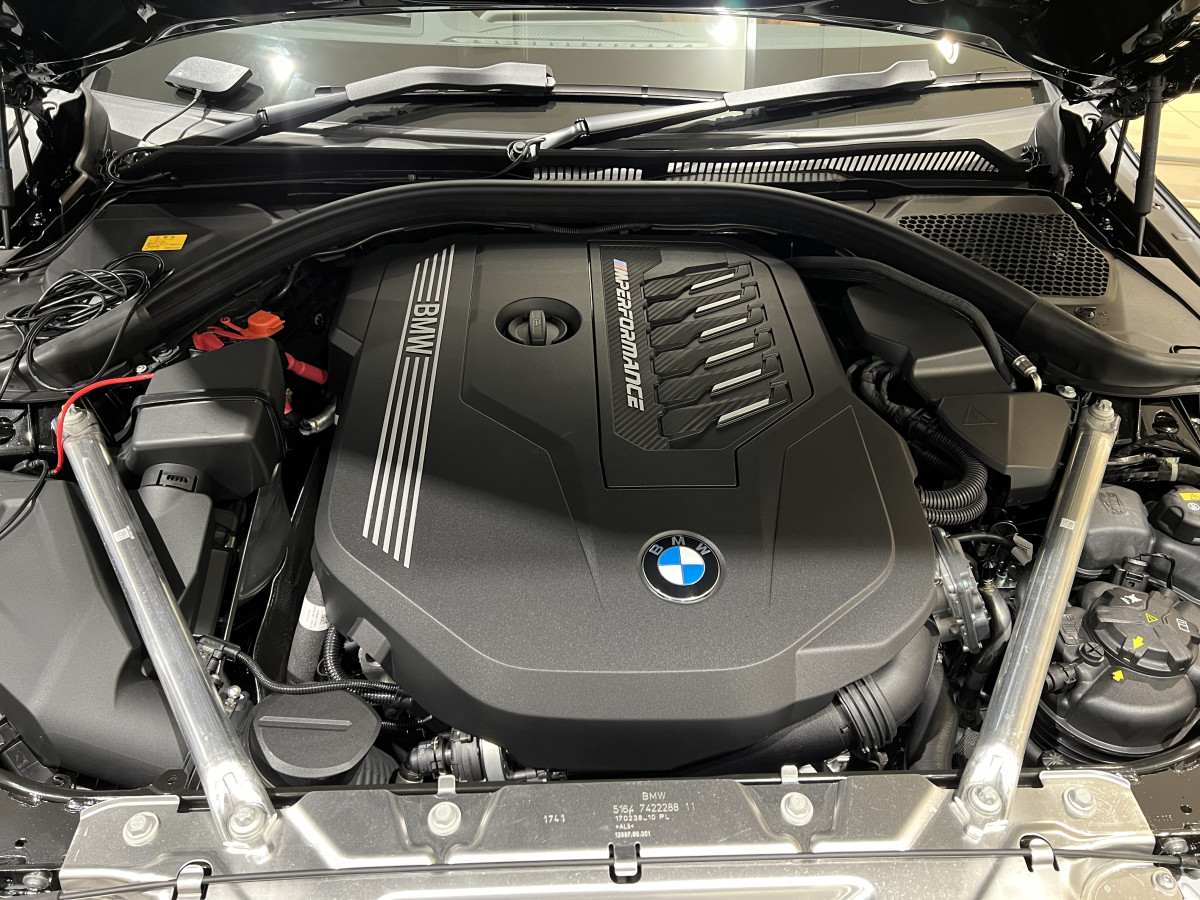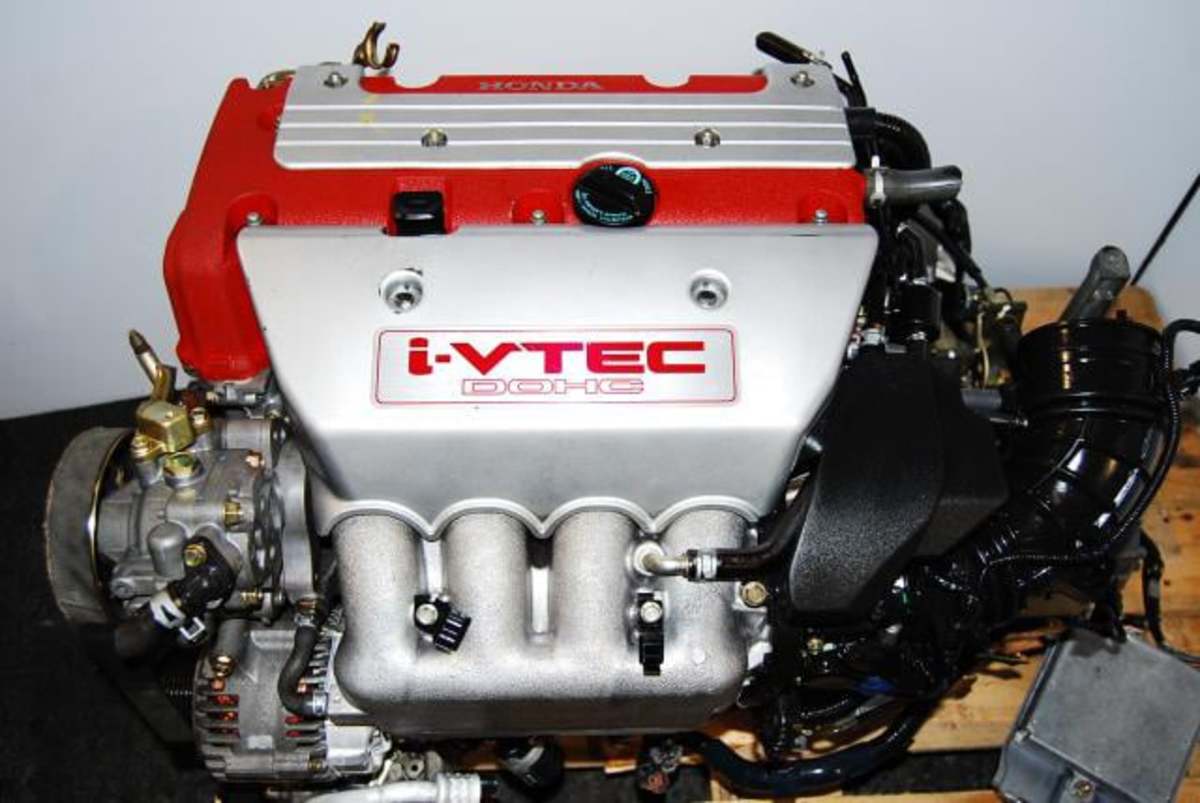Will GM become the next Amtrak?
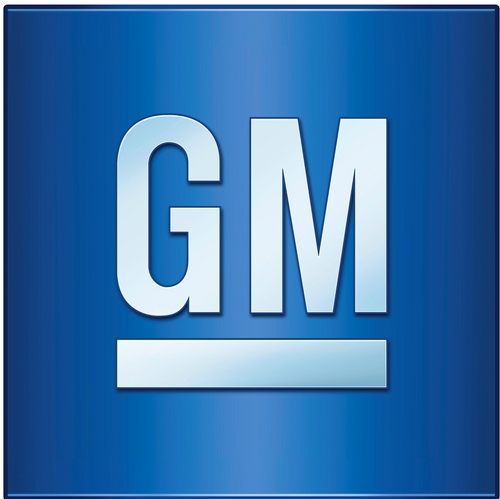
Recently, an article in Forbes titled “General Motors is Headed for Bankruptcy—Again”, created quite a stir on the internet. The author points out that the company is once again losing market share and it seems unable to develop products that are truly competitive in the U.S. market. And while GM sales are up compared to this same time last year, those sales numbers may be misleading, as there are several reports showing that GM has been dumping huge inventories on the dealers (cars sitting on a dealer lot are considered sold for the purpose of sales numbers).
Right now, the federal government owns 500,000,000 shares of GM, or about 26% of the company. This stock is currently worth about 39% less than when the “new GM” went public in 2010…meaning that if the US government sold its stock today, it would experience a loss of approximately $16.4 billion. This is in addition to what GM still owes the government, which is still a considerable sum.
If GM does file for bankruptcy again, it is highly unlikely that it would happen until after the November elections, which is good…for both President Obama and candidate Mitt Romney. I personally believe that no matter which man is in the White House come November, another GM bailout will take place if GM needs one. Just like before, GM would be “too big to fail”. Assuming another bailout takes place, does this mean GM becomes the next Amtrak?
By 1970, most of the rail companies in the US had realized passenger travel competition with automobiles and air travel was a no win situation, and had either dropped or were planning to drop passenger service. This led to the passage of the Railroad Passenger Service Act, which formed Amtrak. Although the Rail Passenger Service Act specifically states that "The Corporation will not be an agency or establishment of the United States Government”, the federal government (through the United States Department of Transportation) does own all issued and outstanding preferred stock in the company. (There is some common stock was issued in 1971 to railroads that contributed capital and equipment, which is still in circulation.) The original board of directors was to be the US Secretary of Transportation and eleven others appointed by the President of the United States.
Amtrak was intended to be a for profit venture. However, as of 2011, the US government had spent over $40 billion to subsidize Amtrak, with another $2.3 billion per year slated to be spent on Amtrak. According to a 2009 study, 41 of Amtrak’s 44 lines lost money in 2008. The losses range from $5/person on the Northeast Regional line to $462/person on the Sunset Limited line.
There are lots of reasons for Amtrak in the red. They are completely unionized and thus pay a high rate for labor (however, it must be pointed out that nearly all railroads are unionized and yet the private firms are reporting record profits). They run lines which they know to be unprofitable. And the millions lost each year on food service are well documented. However, it all comes down to one thing...when you know you will receive a government subsidy, there is no reason to watch the bottom line and make decisions that make economic sense. Typically in private business, if you run in the red for more than a year or two, the CEO will be shown the door. AMTRAK HAS NEVER SHOWN A PROFIT.
Amtrak management decisions are not made for economic reasons; they are made for political reasons. And this is a practice that GM is already falling into. The VOLT is most likely the company’s biggest failure. Huge sums of money were poured into the development of the car, but sales have been meager (to put it mildly). And those meager sales are WITH the help of massive federal subsidies. But for anyone who follows the auto industry, this should not be a surprise. While it may upset many environmentalists, the fact remains that gas guzzling SUV and truck are what brings in high profits to the auto industry, and GM is not keeping up with the competition with its truck/SUV lineup.
And why is the VOLT such a flop? Because once again, things were looked at from a political rather than economic perspective. The VOLT competes in the small car market, which is typically middle income families. However, research on VOLT buyers shows the average income of the VOLT buyer to be $180,000/year...upper middle class. And let’s face it, if every penny counts, would you buy the VOLT at $45,000 or the Ford Focus at $24,000? Even the Prius at $28,000 would be a better deal.
GM is also still relying on the same corporate structure...the same one that got them into the red in the first place. If the federal government becomes the largest stockholder, do you think that will change? Doubtful, especial now that the UAW takes part in the management of the company.
It was argued that GM was too big to fail and that we must bail them out or it would be the demise of the auto industry. I’m sure the same thing will be said again if GM needs another bailout. This time, however, there will be a new twist. We have to do it, they’ll say, so that we can save the investment of the American taxpayer. However, that is what should have been done in the first place. If GM had gone through a normal bankruptcy, she most likely would have emerged leaner and stronger. Labor contracts could have been renegotiated (surely something that our President did not want to see); unprofitable lines eliminated, and management restructured. Instead, we got a rebadged version of the old GM. Yes, we are on our way to the next Amtrak.

![Obama's General Motors [GM] Tarp Bailout - The Untold Details Obama's General Motors [GM] Tarp Bailout - The Untold Details](https://images.saymedia-content.com/.image/t_share/MTc0MTU0NDA1OTcxNzY1MTE2/obama-general-motors-gm-tarp-bailout-untold-details.jpg)
